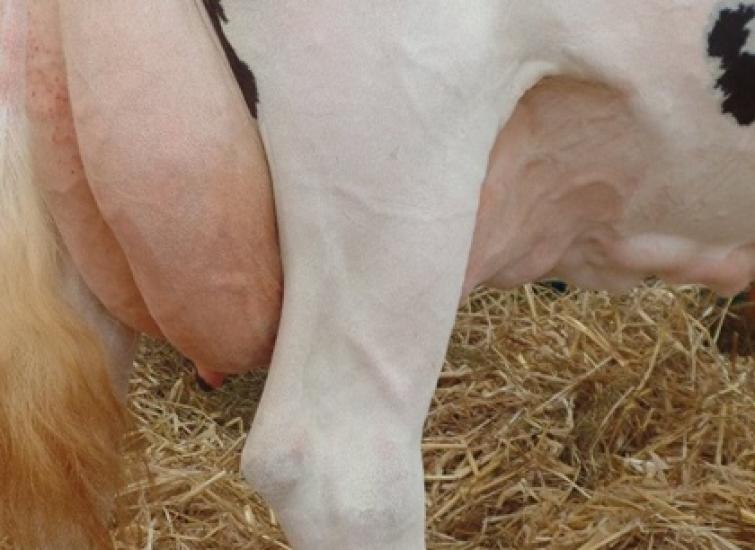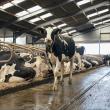How are you managing your late lactation cows?
Mark Gorst discusses the importance of fat levels and body condition in late lactation cows.

Managing the dry period can be a critical point in the milking cow’s life cycle, but if you get it right, the rewards come not just through cow performance in the next lactation, but through improved health for the life of the animal. Good management practices, not just for your dry cows are all about planning ahead, monitoring and adjusting for the better, ensuring you are maximising your resources. So, taking that step back, we are going to focus on the late lactation cow.
Repair and rejuvenation
It's important to note that after each lactation, time is needed to allow the udder tissue to repair and rejuvenate as well as replacing the cells that produce milk before the next calving, the dry period allows this to happen. So, the late lactation period of the cow should take into account the need for repair and rejuvenation, as well as setting up the cow well for her next lactation.
Energy levels
Energy levels required for milk production tend to be less demanding during later lactation as milk production declines, however, as we’ve just discussed, it’s still important because of the preparation for calving and the need to build up body condition as an energy reserve for the next lactation. One of the key factors to this is getting the right level of energy. In doing so this can sometimes come with a risk of overly conditioned or “fat” cows, which can have a negative impact late lactation, or overly thin cows.
Body condition scoring and fat reserves
It’s therefore important to body condition score at this stage. We generally would recommend a score of between 2.75 and 3. A 2.5 BCS cow is too thin, under-feeding can lead to excessive fat mobilisation, this will primarily involve internal reserves, so is another reason for monitoring body condition. Equally if the cow is over-fed, this raises insulin levels to enable excess energy to be stored as fat and can lead to reduced energy intake, increasing weight loss in early lactation. A cow with a body condition score of 3.75 is more likely to have reduced intakes, ketosis, and other metabolic problems both before and after calving.
If cows are becoming too heavy in late lactation, we’d look to reduce the energy content of the diet, whilst still ensuring sufficient rumen fill. This needs to happen before the dry period as reducing energy levels at that time could put the cows into a ketotic state and they will start to deposit fat in the liver.
Late lactation cows use dietary energy to replace body reserves more efficiently than dry cows (75% vs. 55% efficiency). So, it is recommended that cows put on condition during mid- to late-lactation and achieve the desired calving body condition score at that time rather than during the dry period.
If the late lactation cow is slightly under condition at drying off adding a little in the dry period may pay dividends. Michigan State researchers found that cows that put on body fat during the dry period had greater milk yields in the following lactation and were more likely to conceive on their first insemination. But, the cows in this study had an average BCS of 2.77 at dry-off. Cows were very thin and needed the extra body weight. In this situation it is best to put on body condition during the dry period. But, every attempt should be made not to have thin cows at dry-off in the first place. This is especially important if thin dry cows cannot be separated from adequately conditioned dry cows for feeding.
Next Steps
Once the cows are set up with a good body condition score in late lactation, we’d start looking and preparing for the next stages.
It’s vital that from one lactation to the next the dry period is managed well to ensure that cows start their new lactation in the best possible nutritional status. Dry cow feeding can have a direct influence on subsequent lactation performance including metabolic disorders such as ketosis, displaced abomasums, milk fever and retained placenta.
Please ask us for more information on dry cow diets and we’ll continue to focus on dry cow management in our newsletters. However, if you are after a simple and effective solution to dry cow management, we can honestly say just ask us about X-Zelit!
〈 BACK














